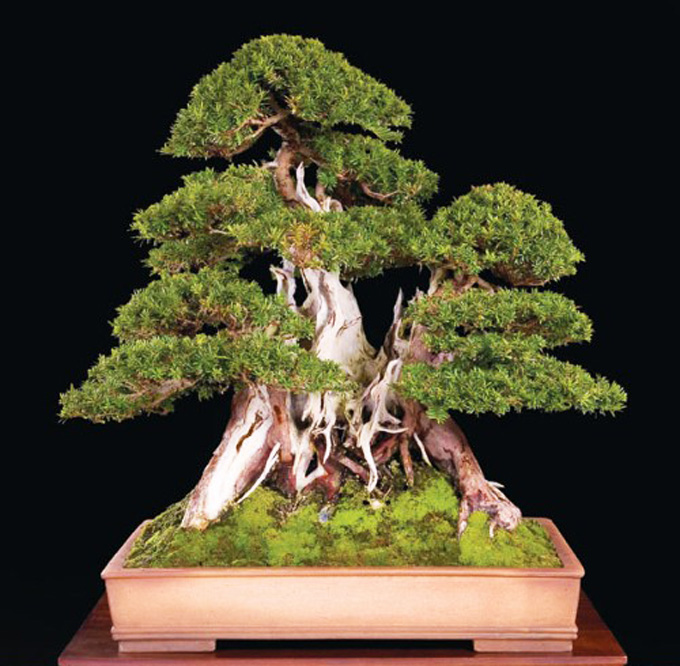 This wide-body old yamadori is the feature tree on Kevin Willson’s website. It looks like an English yew. That’s just a guess, though an educated(?) one, based on this and some other fading memories.
This wide-body old yamadori is the feature tree on Kevin Willson’s website. It looks like an English yew. That’s just a guess, though an educated(?) one, based on this and some other fading memories.
You almost never see domestically grown bonsai that begin to approach the power and beauty of the best yamadori (trees collected in the wild). Carrying this a step further, you don’t see bonsai everyday, yamadori or otherwise, with the power and beauty of the trees shown here. The artist is Kevin Willson (we’ve featured him here on Bark and in Bonsai Today).
Kevin’s website consists of two major parts; his own trees, some of which are shown here, and his Yamadori School of Bonsai which features trees by his students (another time for this).
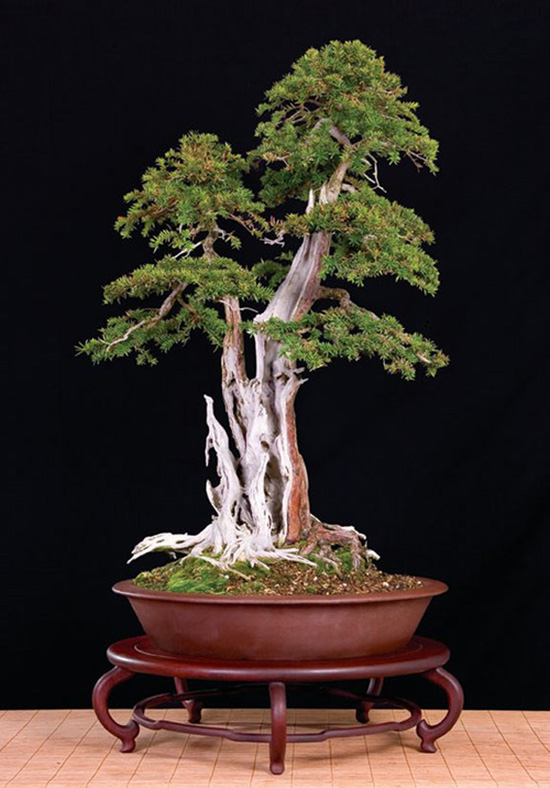 Two headed grace and some very compelling carving.
Two headed grace and some very compelling carving.
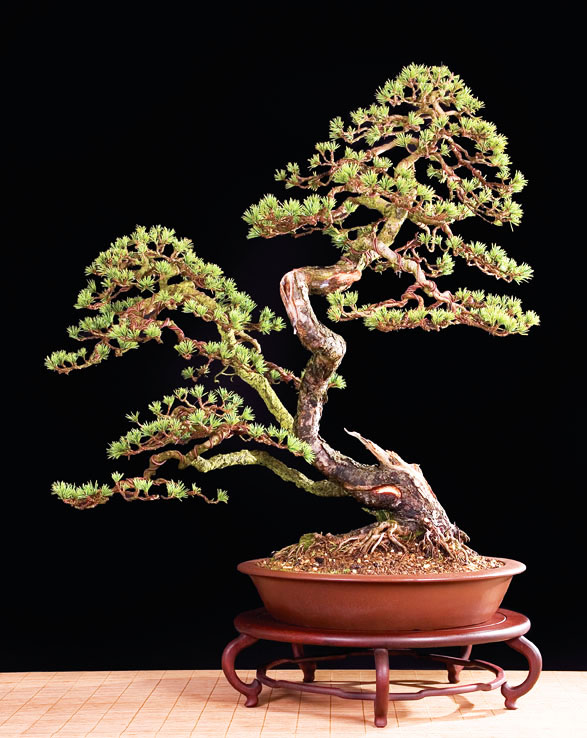 This case study in natural movement is another two headed masterpiece. Though this time the two parts seem to be headed (sorry) in opposite directions.
This case study in natural movement is another two headed masterpiece. Though this time the two parts seem to be headed (sorry) in opposite directions.
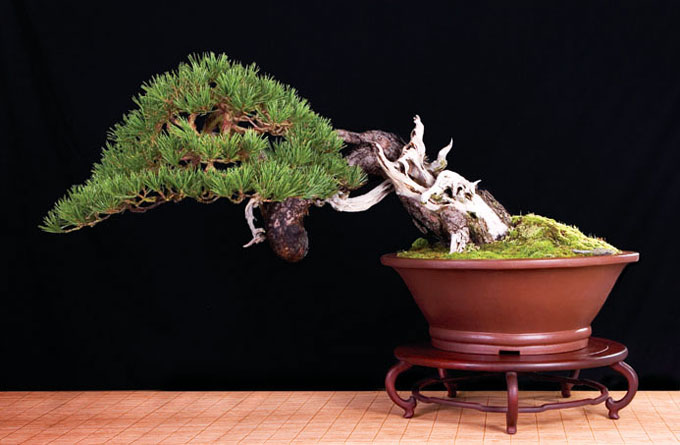 You’d think this might be a little unbalanced with the entire tree left of midpoint. Still, the power of the deadwood and the heavy pot keeps us coming back to center.
You’d think this might be a little unbalanced with the entire tree left of midpoint. Still, the power of the deadwood and the heavy pot keeps us coming back to center.
 Beyond the fact that they are both pines and other obvious similarities (eg great deadwood), there’s also the same question of balance that this tree and the one above share.
Beyond the fact that they are both pines and other obvious similarities (eg great deadwood), there’s also the same question of balance that this tree and the one above share.
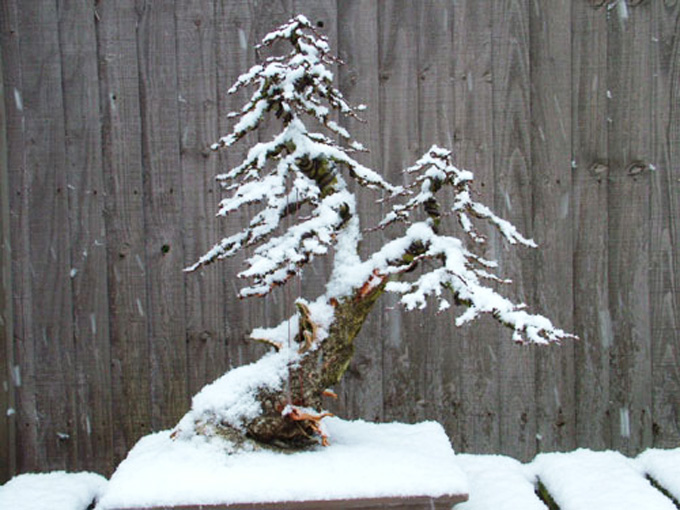
Arguably this tree is/was yamadori since it was collected from the wild twenty-five or more years ago – “the wild” being the placid countryside of Essex in southeast England. Originally it was just a stump with the stubs of the several trunks and not a single leaf! Trees like this destroy the argument that bonsai cannot be art because it isn’t “conceptual”, a claim made more than once by so-called established “art” authorities.
What a great bunch of trees!!! I am not a huge fan of yamadori mainly for the thought of “grow your own”. The challenge in yamadori is the digging and the art is done so much by nature. I’ll stop there. I am a huge fan of the “urban dug yamadori” as they are usually things on there way to destruction anyway. This aside, these trees are very nice specimens.
Hi Colin,
Thanks for fleshing this one out a bit.
By conceptual, can I assume you mean that a human endeavor that some of us might call art, needs to be inspired by an idea in order to be called art by ‘art authorities’? Something like that?
Hi Evan,
Yes. I’m a big fan of grow your own. Still, collecting gnarly old natural-grow specimen trees can provide a big advantage. I suppose the biggest problem with yamadori is careless collecting, resulting in dead trees that should have been left where they were.
“You almost never see domestically grown bonsai that begin to approach the power and beauty of the best yamadori ”
Hmm, i guess you forgot about Taiwanese bonsai…
Thanks Jose,
I didn’t forget about Taiwanese bonsai, not even for a moment. That’s why I said ‘almost.’
Cheers,
-w
PS for those of you who don’t know Jose Luis Rodriguez, he’s our fact checker supreme, with a depth and range of bonsai knowledge that is rare indeed.